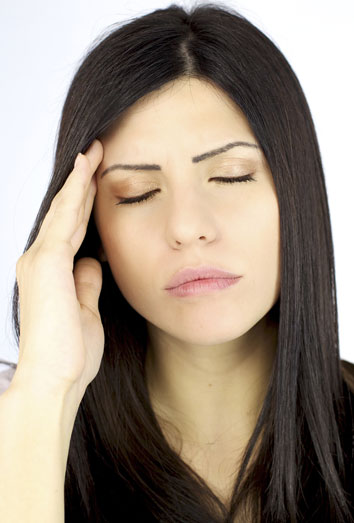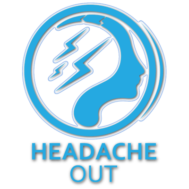Biofeedback is an alternative technique to traditional medicine through which patients use a series of electronic devices with the aim of controlling various aspects related to bodily functions, so as to increase their ability to control their own organism. The applications that, in principle, this technique has been diverse, although one of the most demanded has to do with problems that affect the head, whether they are headaches or migraines. Many psychologists, especially in the United States, have used biofeedback as a means to control pain, although there is some controversy within the scientific community about its alleged positive properties.

Real effects of biofeedback on headache
For headache patients, biofeedback acts as a mirror in which the electronic devices used allow them to both visualize and listen to bodily activity with the aim of making it possible to modify behaviors that are detrimental to health. As explained by psychologists and doctors who defend this method as effective, it is a training materialized in the form of a kind of educational plan oriented to the mind and body.
Although many women tend to confuse it, biofeedback has no real relationship with physiotherapy since there is no external agent that is acting on the body of the migraine patient, only the information that comes from the body itself is handled. It is pertinent to notify any woman interested in this method that, in no case, its use replaces any type of medical treatment and that, if necessary, it should always be carried out under the supervision of a health professional who is authorized.
Therefore, we can talk about biofeedback as a kind of therapy that complements the results obtained thanks to traditional medical treatments for headaches. It is a tool that can help us monitor and supervise our health but, under no circumstances, is it aimed at curing any type of pathology on its own.
